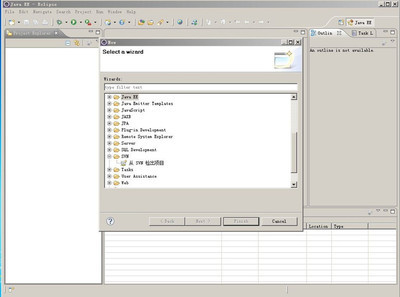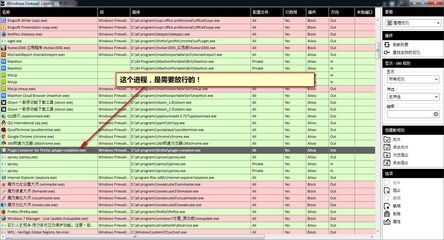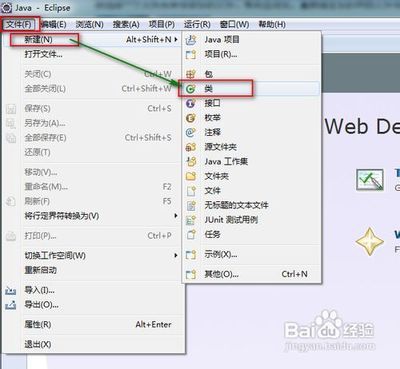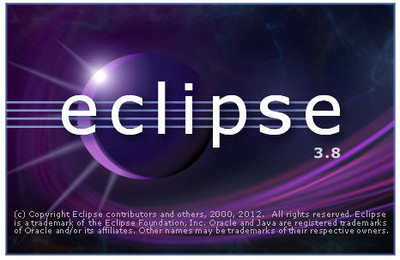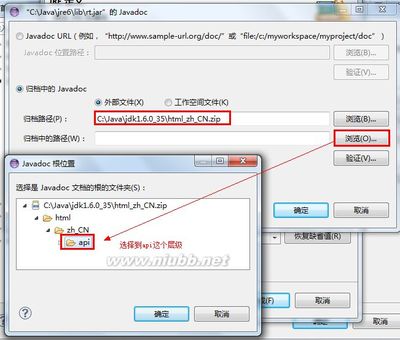Cusp, a Lisp plugin for Eclipse
What is it?
Cusp is a development environment for Lisp built on top of the Eclipse platform. It runs SBCL and hooks into the Swank half of Slime.It provides a repl, project manager, an outline of your code for simplenavigation, code editor, syntax highlighting, auto-indentation,parenthesis matching, auto-completion, and more.
Cusp is both free of charge and free of warranty (however, if you‘re itching to be parted from your money, there is a tip jar). It is developed by Tim Jasko, Sergey Kolos, and others.
Further questions can be answered at the FAQ or cusp-development@googlegroups.com.
Downloads (version 0.8.0, Feb 14, 2007)
Cusp for Windows
Cusp for Mac OS X (Intel)
Cusp for Linux
Sergey Kolos has a Cusp tutorial,where you can also find much fresher builds, with many of the nifty newfeatures you‘d find in the repository. Personally, I recommend hisbuild, but keep in mind that some things in it are still fairlyexperimental. He also has an experimental Eclipse Update sitefor Cusp, though it is in a very early stage, and you‘ll need toprovide your own sbcl. If you don‘t understand the previous sentence,just use one of the download links. The cutting edge can hurt!
Screenshots
Autocompletion
Docstring & Parameters hints
Macro expansion
Why Cusp?
Because EcLisp, however clever the name might have been, was already taken.
Why use Cusp?
There are many reasons you might prefer to use Cusp over Slime, including but not limited to:
You‘re just starting with Lisp, and don‘t want to go through the many-step process of downloading and building sbcl, doing a cvs checkout of Slime, Installing Emacs, and then setting everything up to work together.
Project management. It really is nice to have.
It‘s pretty.
You hate Emacs.
Of course, there are certainly reasons to prefer Slime:
You‘re used to it already.
It has more advanced features, if you can find them. If you‘re doing work where you need to debug multiple threads, for example, you better stick with Slime for now.
You love Emacs.
Getting Started
Make sure you have the latest version of Eclipse running under Java 5.
Download the appropriate version of Cusp for your operating system and unzip it into the plugins folder in the Eclipse directory.
Start Eclipse. Go to Window > Open Perspective > Other... and choose Lisp.
Right click in the Lisp Navigator and select New > Project. Choose Lisp Project in the wizard, give it a name of your chosing and hit Finish.
Open the Lisp file in the project you just created and code away!
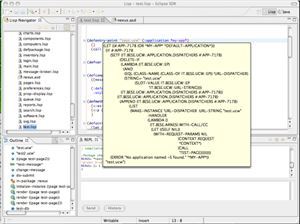
Handy Key Shortcuts
All commands can be seen in the "Lisp" menu when you have a Lispfile open. Still, here‘s a quick reference to the most handy ones:
Alt+C - Compile current expression
Alt+K - Compile current file
Alt+. - Go to the definition of the current symbol
Alt+H - Open the Hyperspec definition of the current symbol
Alt+U - Undefine the current symbol
While in the Repl, use Ctrl+P and Ctrl+N to move through the historyof commands you have sent. Or just click the history button and findthem in the menu.
Changes
0.8.0, Feb 14, 2007
Fresh SBCL build (1.0.2.21).
Added "Find Callees" and "Find Callers."
Added a "Load Asd" context menu option to .asd files.
Added a "Delete .fasls" context menu option to projects.
Now open source.
0.7.5, Nov 12, 2006
As always, includes the latest and greatest SBCL build (0.9.18.45).
Repl should work properly when in read mode (for example, when you execute (read-line)).
Repl will now change color to indicate what mode it‘s in
Tooltips are specialized for make-instance to tell you precisely what initargs that object has.
More better Lisp indentation: should work properly for labels, flet, and macrolet now.
0.7.0, Nov 5, 2006
Includes the latest and greatest SBCL build, naturally.
New lisp projects will now be automatically created with an asd and defpackage file.
Added the ability to change the font size of the REPL.
Various UI improvements to the Outline view.
The button to restart the Lisp instance should work now.
Alt+E should now properly display the result of evaluating the current expression.
Fixed a display bug that sometimes caused certain outputs to not show up.
Many thanks to my employer, Paragent for hosting this project. While you‘re here, check out our web-app, which was itself built in Cusp.
 爱华网
爱华网